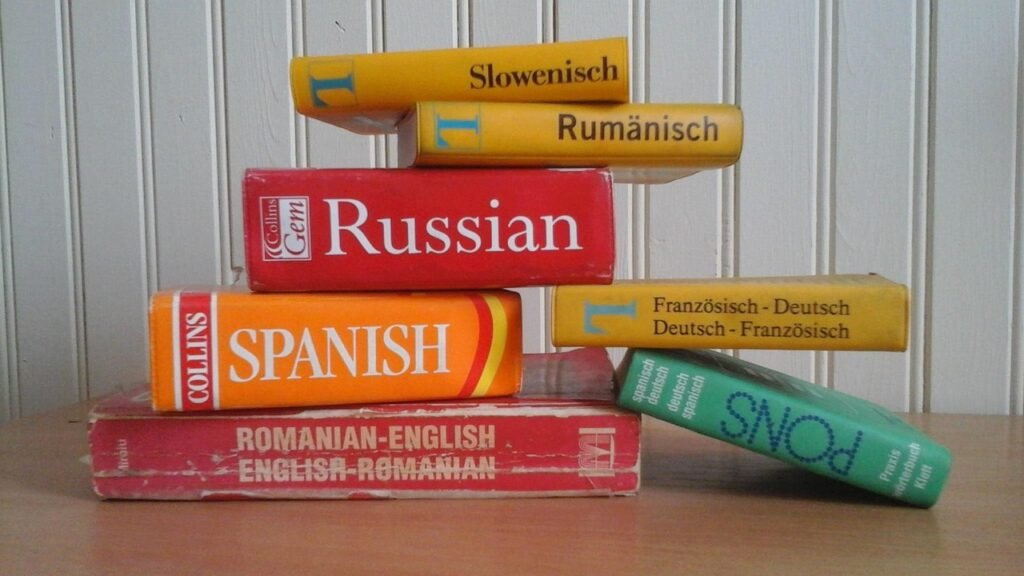This is one of the most common and honestly, one of the most frustrating hurdles of bilingual parenting. You’ve done the hard work: your kids understand Spanish, and they’re even demonstrating strong literacy skills. That’s a massive win. You’ve successfully built a powerful foundation of comprehension.
But then comes the silence… or, worse, the English response to your Spanish question. You hear those short, polite, two-word phrases—“Quiero…” or “Buenos días”—but struggle to get them to launch into a full sentence.
If this sounds familiar, you’re not alone, and your children are not failing. The shift from understanding (passive language) to speaking (active language) involves a different set of skills and incentives. Kids are pragmatic; they naturally choose the path of least resistance.
The good news is that with their strong comprehension skills, your children are in the perfect position to make the leap to active speaking. Here are five practical strategies to help make that shift happen.
1. The Power of Necessary Communication
Children use whatever language gets the job done. If they can point, grunt, or answer in English and still be understood, there’s no need to speak Spanish. So, the key is to create moments where Spanish is required to participate.
Actionable Tip:
Introduce a “Spanish Only” activity or time block. For example:
- Spanish Story Time before bed
- Spanish Dinner Prep, where asking for utensils or ingredients must be done in Spanish
If they revert to English, reply:
“¿cómo se dice en español?” (how do you say that in Spanish?)
This isn’t punishment, it’s natural accountability. They learn that Spanish is the language of interaction in those moments.
2. Scaffold Sentences and Model Expansions
Your children’s short phrases are not a limitation, they’re a starting point. Rather than correcting, use those small wins as scaffolding to build longer, more complex sentences.
Actionable Tip:
When your child says:
“Quiero galleta.”
You respond with:
“¡Qué bien! Yo quiero una galleta de chocolate, por favor.”
Model the expansion immediately and naturally.
You can also offer structured choices instead of open-ended questions:
“¿Quieres el libro rojo o el libro azul?” (Do you want the red book or the blue book?)
This gives them the vocabulary and sentence structure they need to respond in Spanish, without feeling stuck.
3. Consistency Is Your Most Powerful Tool
In a world where English dominates outside your home, your consistency is what anchors Spanish as a living language. If Spanish is sometimes optional, it will often be ignored.
Actionable Tip:
If you use a One Parent, One Language (OPOL) approach, commit fully. If your child speaks English to you, respond in Spanish. If both parents speak Spanish, designate:
- “Spanish Zones” (e.g., the kitchen, the car)
- “Spanish People” (e.g., grandparents)
This consistency removes the mental effort of deciding which language to use and builds Spanish as the natural default in certain contexts.
4. Inject Fun and Connection Through Low-Stakes Games
Speaking Spanish shouldn’t feel like a chore. If the only time your kids use it is during tasks or corrections, they’ll resist. You want Spanish to be associated with joy, connection, and play.
Actionable Tip:
- Role-Playing: Play “restaurant” or “store” where they’re the cashier. They can use polite Spanish phrases like “¿Qué quiere ordenar?” (What would you like to order?) and “¡Aquí tiene!” (Here you go!).
- “Tell Me Three Things” Game: Ask them to share three things in Spanish about their day, a book, or a movie. Focus on participation, not grammar or perfection.
The more positive emotional associations they have with speaking Spanish, the easier it becomes to use it naturally.
5. Leverage Their Interests for Immersive Input
Use their personal interests to fuel their motivation to speak. When they love the content, they’re more likely to repeat and imitate it.
Actionable Tip:
- If they love video games, find Spanish-speaking gamers on YouTube.
- If they love graphic novels, buy the Spanish editions of their favorite series.
- If they love sports, find Spanish-language commentary or interviews with their favorite players.
When Spanish becomes the language of their passions, it stops feeling like “practice” and starts feeling like them.
The Confidence Factor
In most cases, the barrier isn’t lack of vocabulary, it’s lack of confidence and incentive. Every time you model a sentence, hold the Spanish boundary, or create a joyful interaction, you’re chipping away at that wall.
Celebrate their effort more than their accuracy. Normalize mistakes. Make Spanish a safe and natural space for them to experiment and grow.
Before long, those two-word answers will start to stretch into full, flowing sentences.
You’ve already laid the foundation. Now, it’s about creating the right environment to let their Spanish voice shine. 💬✨
